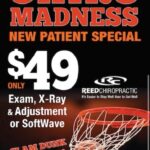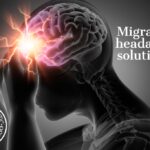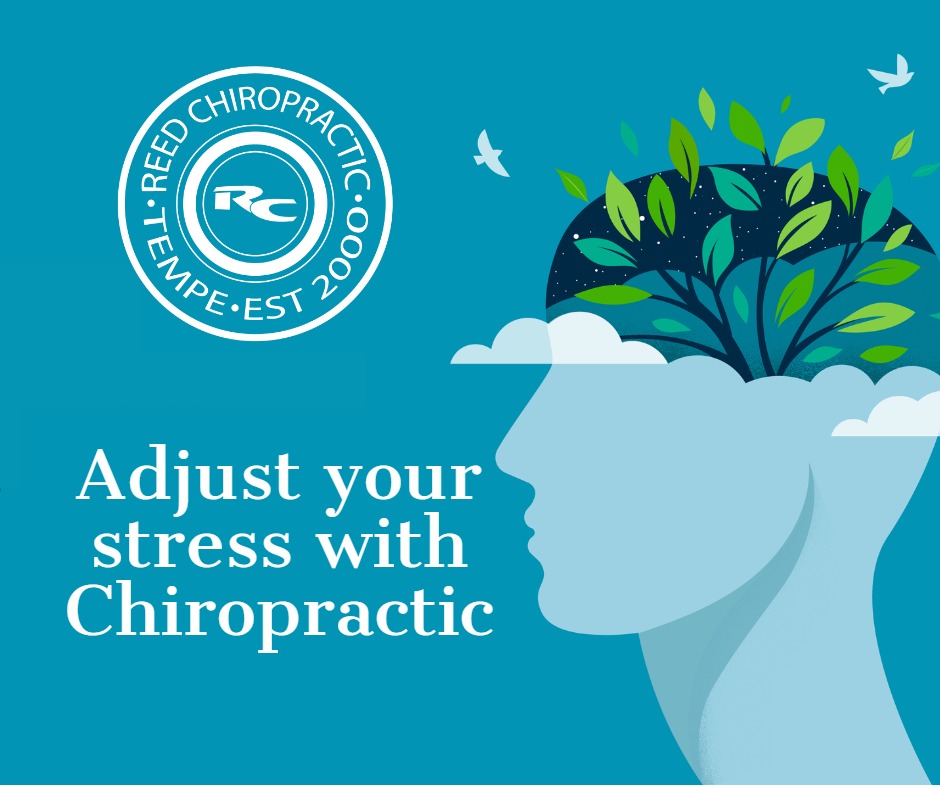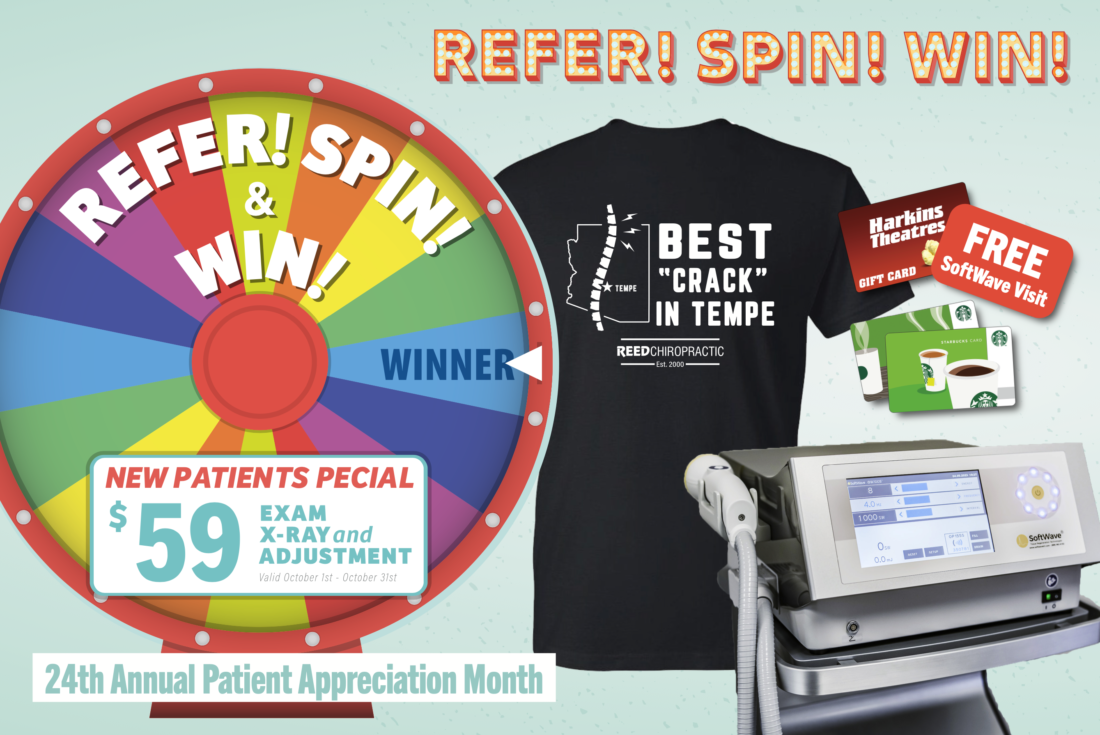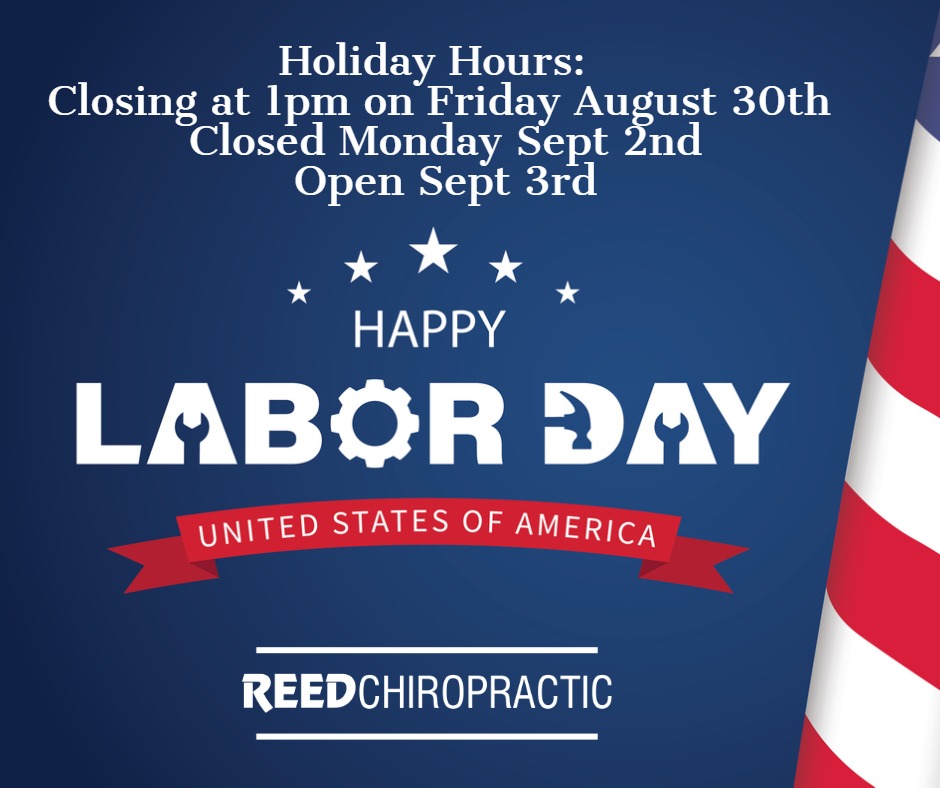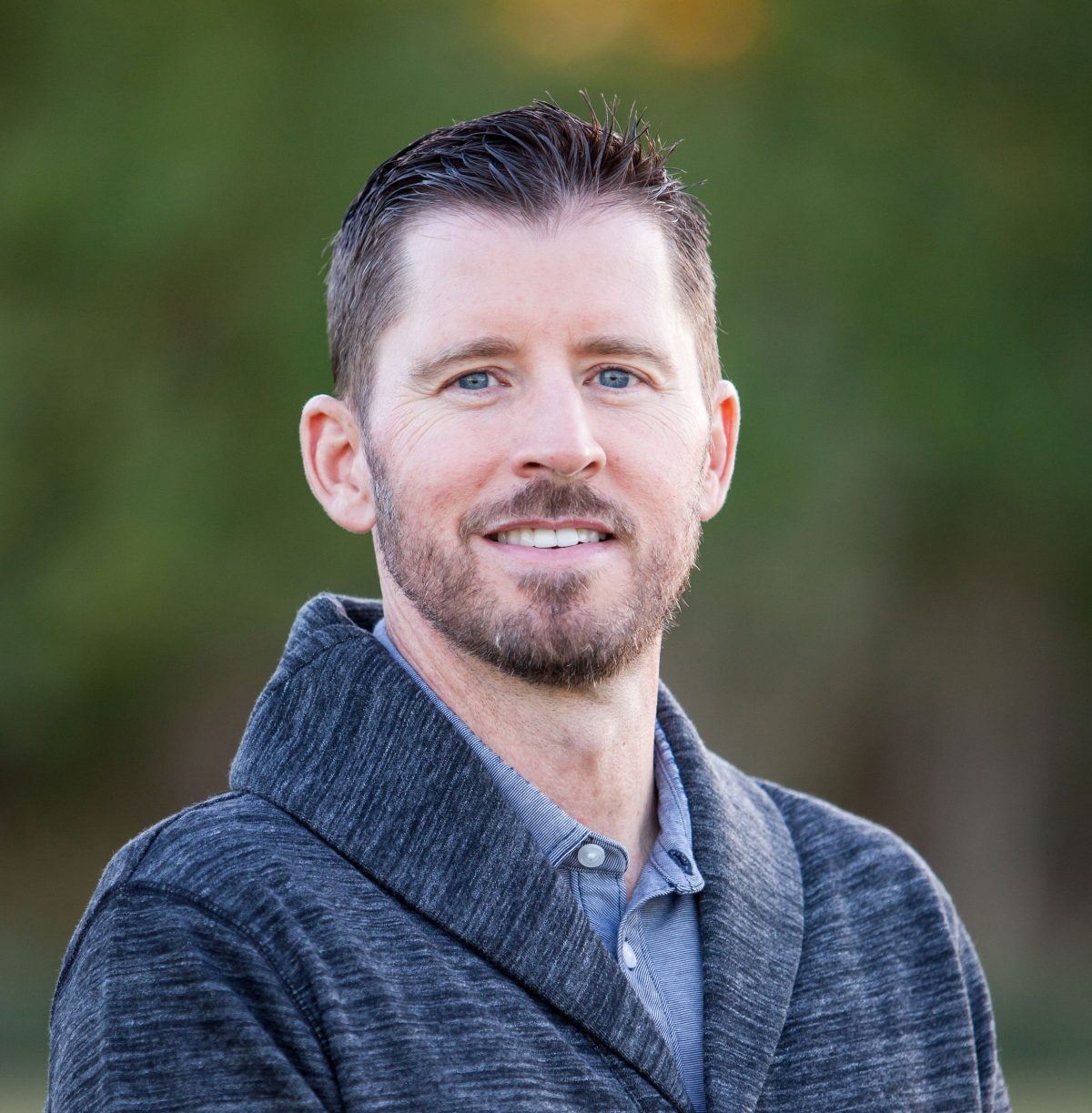
Why I became a Chiropractor
Growing up, I didn’t have much experience with chiropractic and definitely did not have the same health philosophies that I have now. In fact, when I was a kid I never even knew that there were different philosophies. I grew up in a family with two generations of pharmacists. The only health philosophy I was exposed to was if you had a symptom or an ailment you took some kind of pill or medication. That being said, I can remember in my early teens starting to innately resist this philosophy. When I was in high school, my father was going to give me an annual flu shot and I said, “No.” I told him that every time he give me a flu shot I felt sick for the next two days and if I didn’t get the flu shot and I got the flu, then I would feel sick for the same two days. So my thought was I will just take my chances. It wasn’t until later in chiropractic school that I learned I was developing or adopting more of an eastern health (or inside out) philosophy.
Throughout my childhood and high school years, I was always involved with sports and fitness. I competed in most all sports but became serious about exercise and fitness as I got closer to college. It was a natural progression for me to want to study Exercise Physiology and Kinesiology. I enrolled in the University of Arizona’s Exercise Science program and was selected to be part of an Athletic Training Internship. It was in this program where I started to have thoughts of chiropractic.
As an athletic trainer, the focus was primarily on rehabilitation of injuries with the use of electrical modalities and stretching protocols to assist in healing. What I found was that this was a slow and limited process that was only applied to an injured athlete and did little to improve the athlete’s performance or overall health. A few of the athletes told me about what chiropractors did and how they felt and performed better after getting adjusted. I looked into chiropractic further but still really only understood the mechanical therapeutic side of chiropractic. By this time, I felt like this was the profession for me.
The universe has a plan for all of us we just have to follow our passions and faith. I felt I could take what I learned in athletic training and physical therapy and mesh it with chiropractic to help prevent injuries, improve performance, and rehabilitate injuries. It wasn’t until I started Chiropractic school that I learned what true chiropractic was all about. I was lucky enough to attend a chiropractic school that was based on a vitalistic philosophy of health as opposed to a mechanistic view of health. My upbringing in a very medical model of healthcare and my experience in athletic training was all mechanistic. In the mechanistic paradigm, we are just a sum of all of our parts and we look and use things from the outside whether it be drugs, rubs, modalities, or even stretching and strengthening, as a way to “heal” the parts.
In a vitalism paradigm, we are more than just the sum of our parts, there is a higher power that resonates in all of us that is in charge of our health and healing. As chiropractors we call this our “innate Intelligence.” Looking back to when I told my father I didn’t want a flu shot, I knew that my body did not need anything from the outside to make me healthy, I just needed to trust my body.
The most profound experience that guided me towards a shift in my focus from looking at health in terms of a mechanistic view to a vitalistic view was when I was in cadaver lab for the first time during chiropractic school. I had been in cadaver lab before during undergraduate studies, but I had no exposure to think about the body any way other than just looking at the parts.
It was only in chiropractic school where I was able to look at the body differently and start to understand that our bodies are not just a sum of our parts. There is an energy or life force that is in all living beings which is where our health originates. When you stand in a cadaver lab there are people with all of their parts, but there is no life. It was an epiphany for me. All the organs, cells, tissues, and glands were there but there was no life. This led me to study more about what controls all the parts. What I learned was that there is something within all living beings that controls the parts and it is something that is not tangible or completely understood yet by science, but we all know it is there.
We’ve all been standing in a supermarket line and can feel that someone is standing too close to you without actually looking back. You look back and they are there, you felt their energy. If something is alive it has energy. That is what you feel, however if you are in the cadaver lab you can have a cadaver inches away from you and there is no energy. What this energy is called depends on who you ask. Some people refer to it as your spirit or soul, other cultures refer to it as your Chi or described as doshas.
As a chiropractor, we commonly refer to this energy as our innate intelligence. I think that most people will agree that there is a universal intelligence in all of us and we are all connected to a higher power. What you call that higher power is up to you. After my epiphany that we all have innate intelligence to be healthy, I started to look at health differently. I was less interested in how to get a patient, athlete, or child out of pain and back on the playing field and more interested in how I could better help that individual work or perform better from the inside out. I started to own the philosophy and loved the quote, “The power that made the body, heals the body, it happens no other way.”
The power that made the body, heals the body, it happens no other way.
Later in school we had to learn how to apply these philosophical principles and help people through chiropractic. We were taught many different techniques to locate stress within the spine and nervous system which ultimately causes “dis-ease” and a diminished expression of life. Once we locate the stress points, the goal is to remove the interference within the spine and nervous system. Some techniques focus on working directly with the energy within the body, others work specifically on the upper cervical spine where the nervous system comes out of the brain, and many more focus on different ways to align the skeletal system as a whole.
I learned and experienced that they all have merit and work, but I gravitate to what is called the Gonstead technique. Dr. Gonstead looked at the spine from a engineering standpoint and started from the base and looked for stress within the spine through three factors; temperature, motion, and x-ray findings. To me, this was the most tangible way to evaluate the spine. So, I concentrated on learning how to perform motion palpation exams, read x-rays and use tools like thermography to assess temperature differences within the spine. Once I got proficient at finding where the stress was, I had to work on the art of removing the interference or subluxations that needed to be addressed. After many hours I learned to adjust the spine using manual adjusting techniques focusing on specific lines of drive so as to use the least force possible but have the biggest affect on the nervous system.
My new goal was to provide the best and most specific adjustment I could, knowing that if I did it correctly, I could assist in restoring 100% of the patient’s life force and give their body’s innate intelligence the best chance to do the healing.
So as you can see, I started chiropractic school thinking that I was going to use chiropractic as another therapy to help athletes recover from injuries and feel better, but then graduated with a new understanding that a mechanistic way of practicing was such a small and insignificant goal once I learned the true possibilities of chiropractic and health. My mission and passion became how to help all people, not just athletes. Everyone needs chiropractic, and I can help restore and maintain 100% nervous system function throughout their lives.
Still to this day, I have not wavered in my beliefs or philosophies as they relate to the big idea and principles of chiropractic. Over time, I have adopted and adapted different chiropractic evaluation and technique procedures based on new information and greater understanding of how best to help each individual reach optimal health. Today in my practice, I primarily use motion palpation to asses and locate mechanical stress within the spine and nervous system and couple that with detailed full spine x-rays to see where there are areas of stress. The areas of stress are visualized by the presence of bone hypertrophy, lipping, spurring, and postural distortions.
I know that if I can restore the function to the areas of greatest stress within the spine, then the nervous system will have the best chance of operating at 100% and the body’s innate intelligence can go to work on improving the individual’s overall health or performance.
